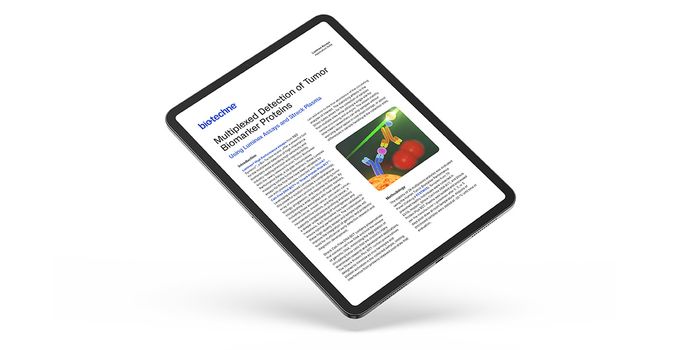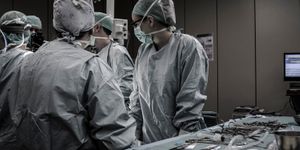The Microfluidic-Based Drug Screening Chip
A team of researchers, at the Korea Advanced Institute of Science and Technology (KAIST), created a high throughput microfluidic-based drug screening chip that works to identify interactions between two antibiotics in eight hours. The screening chip can generate 121 pairwise concentrations and serve as a cell-based drug screening platform for surveying critical pharmacological patterns from these antibiotic interactions. The screening application can also be crucial for other cell-type agents and for use in clinical therapies.

Back cover image for the "Lab on a Chip". Credit: The Korea Advanced Institute of Science and Technology (KAIST)
Current antibiotic susceptibility testing determines different types and doses of antibiotics that can block the growth of bacteria. Such testing has become critical with the rise of antibiotic resistance.
Overcoming antibiotic-resistant bacteria involves combination therapy of two or more kinds of antibiotics but, this kind of therapy is not always effective with the occasional unfavorable antibiotic pairs that result to suppressed antimicrobial effects.
The microfluidic-based drug screening chip will reduce time and enhance the efficiency of the combinatory testing. Using a sample volume of a few tens of microliters, the chip enabled 121 pairwise concentrations of two antibiotics to be formed in only 35 minutes.
Researchers used a mixture of bacteria and agarose and inserted into a microchannel. The mixture included injected reagents with or without antibiotics into the surrounding microchannel. The channel that had antibiotic molecules diffused into the channel without antibiotics and resulted in the formation of two orthogonal concentration gradients on the bacteria-trapping agarose gel.

Examples of testing results using the microfluidic chips developed in this research. Credit: The Korea Advanced Institute of Science and Technology (KAIST)
Over a course of six hours, researchers were successful in microscopically observing the inhibition of bacterial growth by the antibiotic orthogonal gradients. The observations confirmed the different patterns of antibiotic pairs along with the different interaction types into either synergy or antagonism.
"The feasibility of microfluidic-based drug screening chips is promising, and we expect our microfluidic chip to be commercialized and utilized in near future,” says Professor Jessie Sungyun Jeon from the Department of Mechanical Engineering at KAIST.
Source: Phys.org








